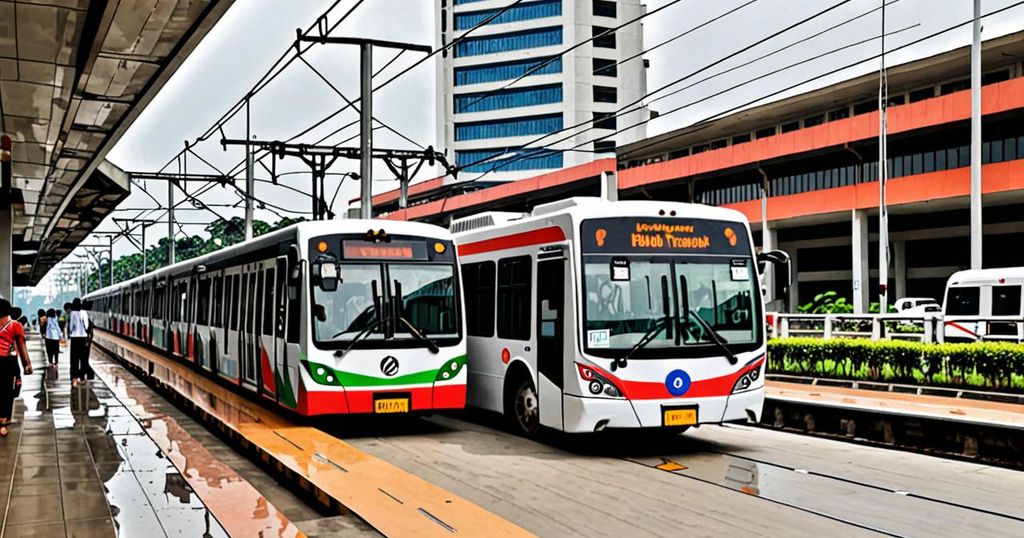Indonesia’s public transportation infrastructure has recently undergone a significant transformation with the implementation of the high-speed rail (HSR) connecting Jakarta and Bandung, the introduction of the Greater Jakarta light rail system (LRT), and the expansion of the Jakarta Mass Rapid Transit (MRT) to the Kota Tua area. These ambitious projects have sparked intense debate and scrutiny on various aspects including costs, planning, design, land acquisition, environmental implications, use of foreign debt, and the involvement of domestic firms and industry.
The long-awaited HSR initiative is currently undergoing public test runs before commencing commercial operation in early October. Similarly, the LRT has recently commenced service, adding to the array of public transit options available in the Greater Jakarta area. Meanwhile, the MRT, operational for a few years now, is undergoing expansion efforts to serve the historic Kota Tua area. These significant developments have prompted both excitement and controversy within the nation.
As these high-profile projects reach completion, it is essential to reflect on Indonesia’s array of public transit systems, which have played a crucial role in shaping the nation’s urban mobility landscape. While government officials and stakeholders are optimistic about the potential of these projects, it is evident that challenges have arisen along the way. The need for a comprehensive assessment of the country’s public transportation approach is more pressing than ever.
It is important to acknowledge the complexities and considerations accompanying this large-scale transformation. The development of public transit systems involves intricate planning, significant financial investment, and an understanding of various interconnected elements including social, economic, and environmental factors. The success of these projects is crucial in addressing congestion, improving connectivity, and driving economic growth in Indonesia.
Careful evaluation of each aspect of the public transit development process and drawing valuable insights is imperative to shape future initiatives. Thorough examination of areas such as the engagement of domestic companies, adherence to environmental standards, optimal utilization of foreign debt, and effective land acquisition strategies is necessary. This allows for the unlocking of the full potential of public transit infrastructure as a catalyst for sustainable urban development.
Looking ahead, rigorous scrutiny and collaborative efforts are vital to ensuring the long-term success of Indonesia’s public transit landscape. Embracing best practices, learning from past experiences, and integrating innovative solutions will be crucial in steering the nation towards a more efficient, inclusive, and integrated public transportation network. With a resilient and adaptive approach, Indonesia can pave the way for a seamless and interconnected urban mobility ecosystem that sets the stage for sustainable growth and development.
In conclusion, Indonesia’s array of public transit systems presents a compelling narrative of transformation and progress. While challenges persist, the nation is making significant strides in reshaping its urban mobility infrastructure. By fostering collaboration, transparency, and innovation, Indonesia is well-positioned to unleash the transformative potential of its public transit systems, creating a more sustainable and vibrant future for its citizens.

Leave a Reply